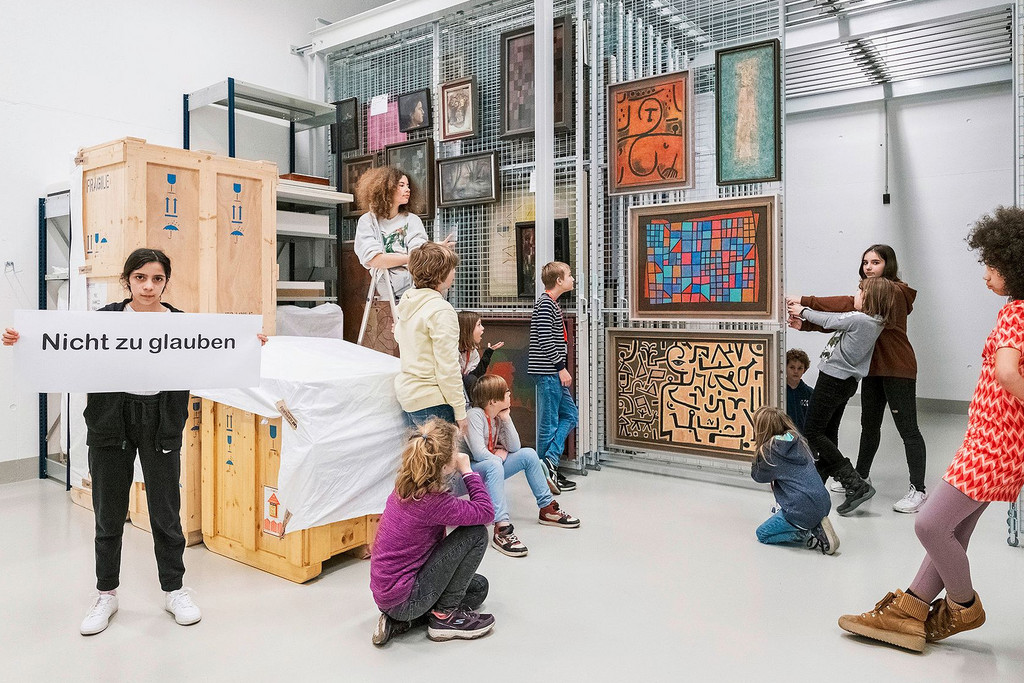
The children shining new light on a well-known artist
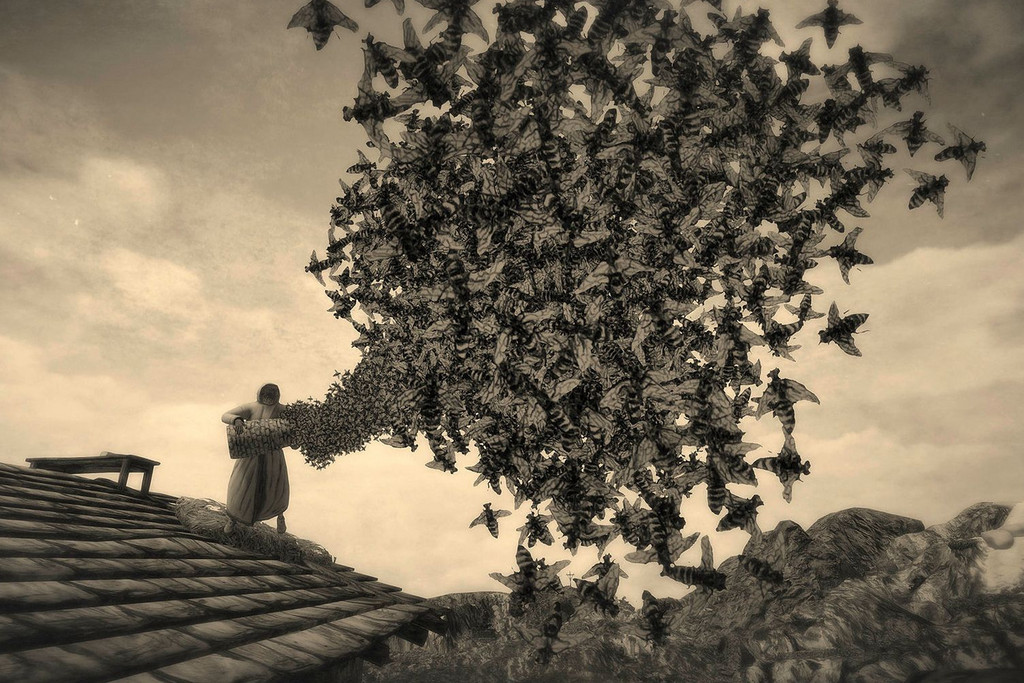
Handcrafted Swiss horror

The meal plan of tomorrow
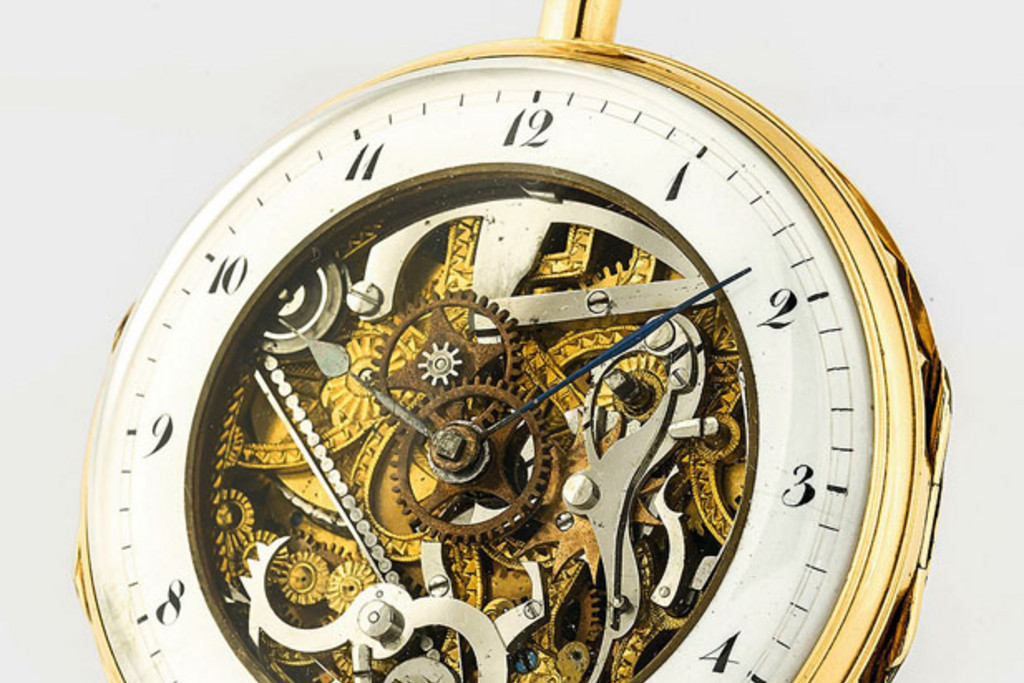
Ticking art from a bygone era
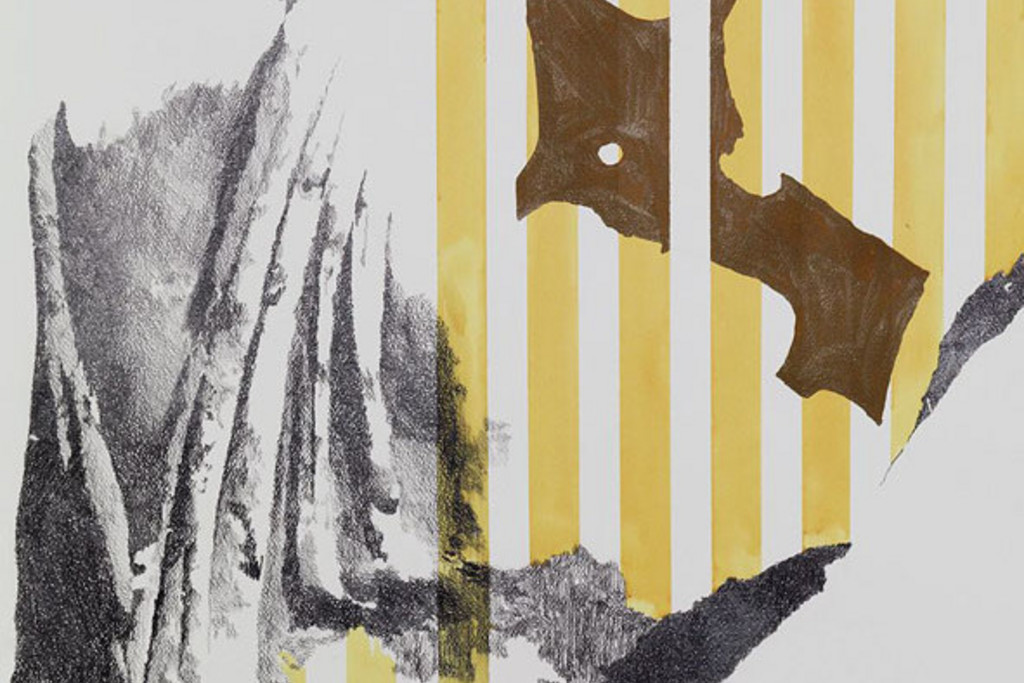
Contemporary art from Ticino

Final destination – the South Pacific

When the mountains became the subject of art
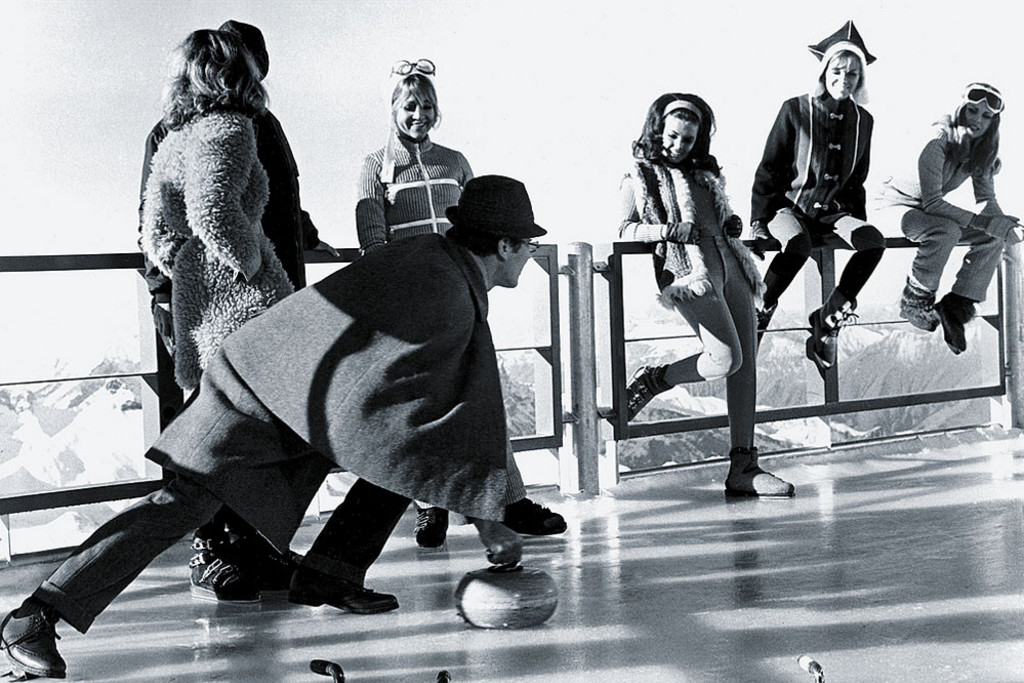

In Bern, tourists gather on the hour in front of the Clock Tower built in 1405 and wait spellbound for the movements and chimes of the historic clock. The locals are much more blasé about the capital city’s iconic landmark, with many even claiming to have actually constructed the Clock Tower (known as the Zytlogge) themselves. In fact, this is not as outlandish as it sounds. In spite of its uniqueness, the tower has been built ten thousand times, albeit from cardboard, as the “Zytglogge” is one of the models in the basic range of listed model buildings issued for sale in Switzerland for the last 100 years and mainly popular with children. The steeple has been placed on the Zygtlogge tower more than 70,000 times and both towers flanking the Spalentor in Basel have been formed a good 130,000 times. However, that is a mere drop in the ocean compared to Chillon Castle, which has been constructed well over 500,000 times with scissors and glue. And it is not just buildings; Swissair planes, railways, Rhine ships and paddle steamers have also been assembled ten thousand times. Over 22 million landmarks and vehicles have been thus created from 1919 to 2019. This impressive total shows that modelling is a part of Switzerland’s cultural heritage.
The most popular construction site has always been the classroom. There is a reason why the words “modelling” and “school” go together. The pioneers of Swiss modelling adopted a distinctly educational approach according to the writings of Edwin Morf, one of the founding fathers of Swiss modelling, in 1933: “When the evenings draw in, anyone who has children to look after asks themselves the following question: how can we keep the young ones entertained in a constructive way, especially the boys with all their energy?” Morf came to the conclusion that reading was not enough: “Young people also learn by using their hands and working with tools.”
Although only a few thousand models per year were sold initially, sales climbed to over 400,000 a year on average between 1975 and 2015. This golden age was mainly due to the educational consensus that modelling brought lasting educational benefits. However, many teachers now see less scope for incorporating 3D cardboard modelling in today’s rapidly changing curriculum. That also means: The future of this cultural pastime is uncertain as sales are falling. Suppliers are also aware of “decreasing assembly skills” among children. That is why the different parts are now prepunched in the new models. Nonetheless, proponents of modelling do not accept that the discipline’s days are numbered.
“Swiss Review” will raffle 20 models at the end of 2019. Send an e-mail to revue@aso.ch, adding the comment “Draw” to take part.
Comments